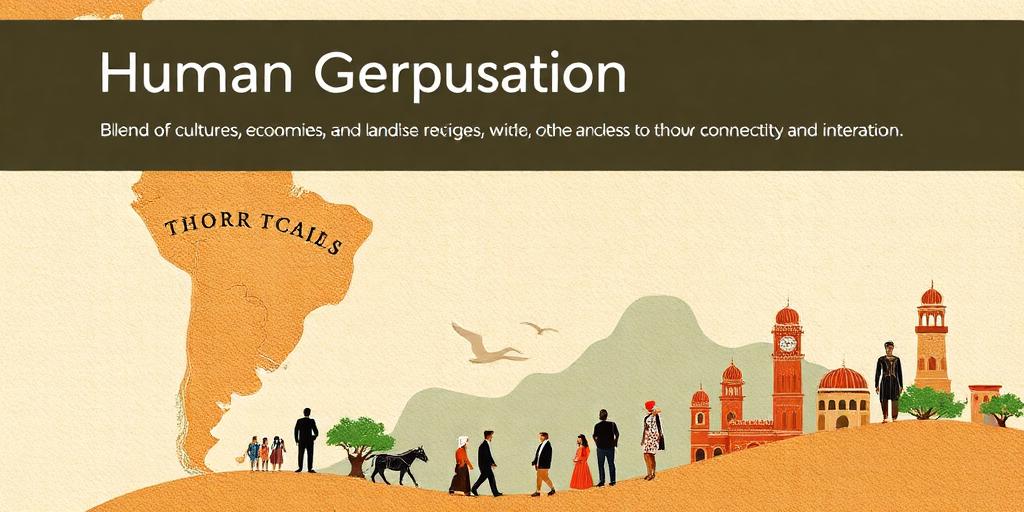Understanding the Human Geography of Border Regions
Border regions are more than just lines on a map. They are dynamic spaces where different cultures, economies, and political systems interact, often leading to unique human geographies. This post will explore the key aspects of human geography in border regions, including migration, economic activities, cultural interactions, and political landscapes.
Migration Patterns
Border regions often experience significant migration flows. These can be driven by various factors, including economic opportunities, political instability, or environmental changes. Understanding these migration patterns is crucial for managing border security, providing social services, and promoting integration.
- Cross-border migration: Daily or seasonal movements for work, trade, or family visits.
- Refugee flows: Forced migration due to conflict or persecution.
- Economic migration: Movement in search of better employment opportunities.
Economic Activities
Economic activities in border regions are often shaped by their unique location. Cross-border trade, tourism, and smuggling are common features. The presence of special economic zones or free trade agreements can further influence economic dynamics.
- Cross-border trade: The exchange of goods and services between neighboring countries.
- Tourism: Attracting visitors to experience the cultural or natural attractions of the region.
- Smuggling: Illegal trade activities, often driven by price differentials or regulatory gaps.
Cultural Interactions
Border regions are melting pots of cultures. The interaction between different languages, traditions, and social norms can lead to both cultural exchange and cultural conflicts. Understanding these dynamics is essential for promoting intercultural understanding and social cohesion.
- Language: The presence of multiple languages and dialects.
- Traditions: The blending of customs, festivals, and artistic expressions.
- Social norms: Varying attitudes towards family, gender roles, and social behavior.
Political Landscapes
Border regions are often sites of political contestation. Issues such as territorial disputes, border security, and cross-border crime can strain relations between neighboring countries. Effective governance and cooperation are essential for managing these challenges.
- Border disputes: Disagreements over the location or demarcation of the border.
- Border security: Measures to control the movement of people and goods across the border.
- Cross-border crime: Illegal activities such as drug trafficking, human smuggling, and terrorism.
Case Studies
To illustrate these concepts, let's consider a few examples:
- The US-Mexico border: Characterized by high levels of migration, cross-border trade, and drug trafficking.
- The European Union's internal borders: Marked by free movement of people and goods, but also challenges related to security and asylum.
- The India-Bangladesh border: Known for its complex history, cultural interactions, and challenges related to border management.
Conclusion
The human geography of border regions is a complex and dynamic field. By understanding the various factors that shape these regions, we can better address the challenges and opportunities they present. This requires interdisciplinary approaches, involving geographers, economists, sociologists, and political scientists. Effective border management and cross-border cooperation are essential for promoting peace, prosperity, and sustainable development in these unique spaces.









